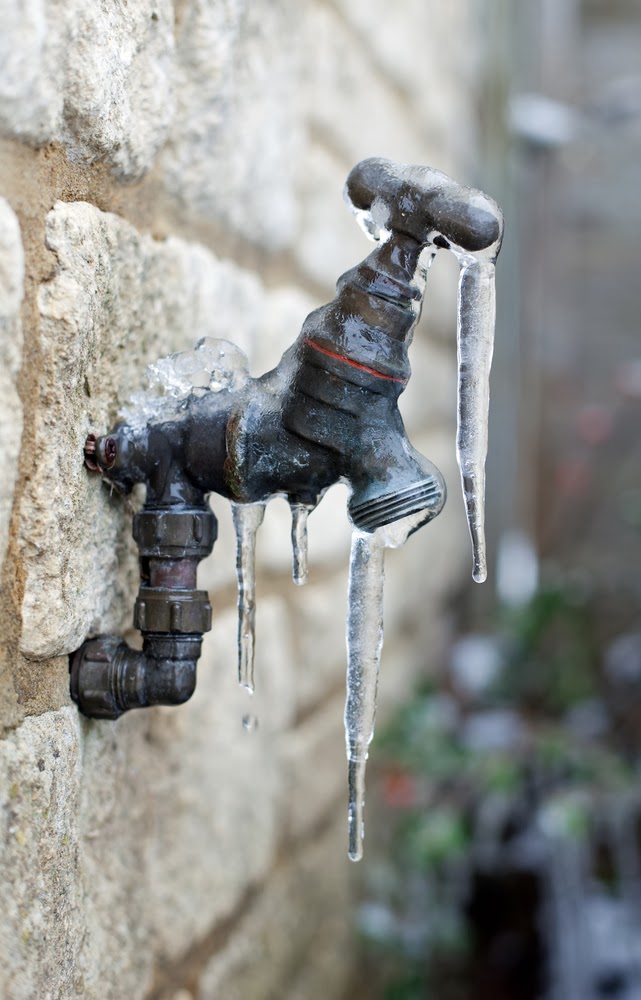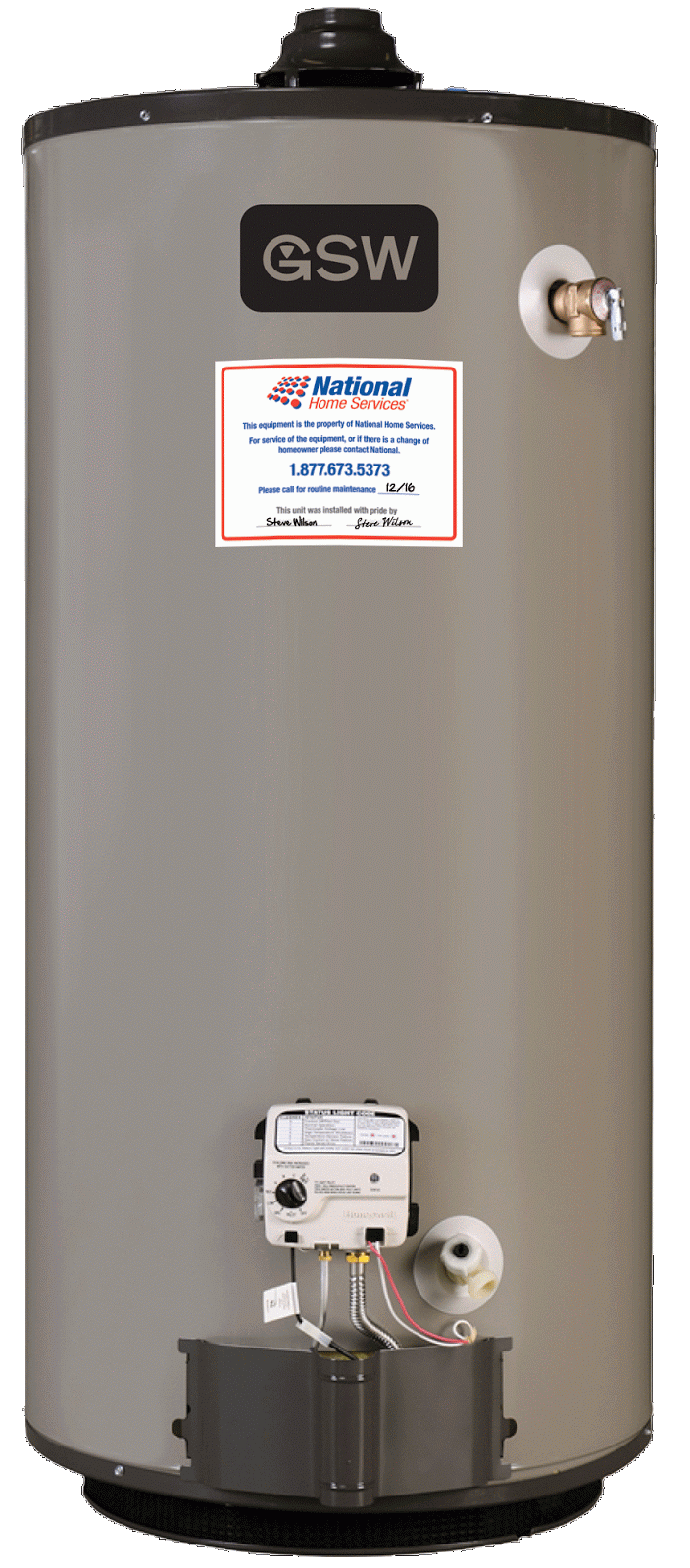 The weather is freezing, but your pipes don't have to be! Keep your water flowing with these preventative steps to stop your pipes from freezing. They will also help your home be more energy efficient since you will be fixing areas in the home that cause heat and energy to be lost.
The weather is freezing, but your pipes don't have to be! Keep your water flowing with these preventative steps to stop your pipes from freezing. They will also help your home be more energy efficient since you will be fixing areas in the home that cause heat and energy to be lost. Tuesday, 25 February 2014
Keep Your Water Pipes From Freezing
 The weather is freezing, but your pipes don't have to be! Keep your water flowing with these preventative steps to stop your pipes from freezing. They will also help your home be more energy efficient since you will be fixing areas in the home that cause heat and energy to be lost.
The weather is freezing, but your pipes don't have to be! Keep your water flowing with these preventative steps to stop your pipes from freezing. They will also help your home be more energy efficient since you will be fixing areas in the home that cause heat and energy to be lost. The insulation is your home is the number one thing preventing frozen pipes. Assess the insulation in your home in the areas where plumbing pipes are located. Good insulation keeps the warm air inside your home.
Adding insulation to your plumbing pipes is a great way to prevent them from freezing. There is specially designed insulation available for this purpose. Be sure to insulate the pipes in colder areas, such as an attic or basement.
When the weather is very cold outside, let the cold water drip from the faucet served by exposed pipes. Running water through the pipe helps prevent pipes from freezing.
Friday, 7 February 2014
Types of Water Heaters
Do you know how your water heater is powered? In Ontario, most households have natural gas powered water heaters. National Home Services offers several different types of rental tank, each with different features to help meet your needs. Read on for a quick lesson on the features of three types of natural gas powered water heaters.

Conventional Vent water heaters, sometimes known as direct vent water heaters, burn fuel to form the heat used to warm water. The hot byproducts of the burning fuel are then transferred outside the home by an exhaust pipe or chimney. These tanks are generally used when there is an existing chimney in the house.
Power Vent water heaters use a fan to remove exhaust gases from the hot water heater. If your water heater is installed in a location that doesn't have access to a vent or chimney, a power vent water heater is installed instead of a conventional vent tank.
Direct Vented water heaters are ideal for tight spaces where a conventional or power vent tank cannot be installed. If the tank is within eight feet of an exterior wall, it can be vented horizontally through the outside wall. This unit does not require a blower motor and uses outside air for combustion.
It can be tough to figure out what type of tank and which size you need to keep your family comfortable and your hot water water running. Fortunately, our experts are trained to evaluate which tank is right for your home. Contact us any time to make an appointment and we can advise which type of natural gas water tank is right for your home.

Conventional Vent water heaters, sometimes known as direct vent water heaters, burn fuel to form the heat used to warm water. The hot byproducts of the burning fuel are then transferred outside the home by an exhaust pipe or chimney. These tanks are generally used when there is an existing chimney in the house.
Power Vent water heaters use a fan to remove exhaust gases from the hot water heater. If your water heater is installed in a location that doesn't have access to a vent or chimney, a power vent water heater is installed instead of a conventional vent tank.
Direct Vented water heaters are ideal for tight spaces where a conventional or power vent tank cannot be installed. If the tank is within eight feet of an exterior wall, it can be vented horizontally through the outside wall. This unit does not require a blower motor and uses outside air for combustion.
It can be tough to figure out what type of tank and which size you need to keep your family comfortable and your hot water water running. Fortunately, our experts are trained to evaluate which tank is right for your home. Contact us any time to make an appointment and we can advise which type of natural gas water tank is right for your home.
Monday, 3 February 2014
Winter Savings Tips
We have been having an exceptionally cold winter this year and it can be tough to cope with rising energy bills. Check out our top tips to save both energy and money. These small actions can add up to big savings!
- If you have a fireplace, remember to close the flu. This is one of the areas that so many homeowners forget about when it gets cold.
- On sunny days, keep shades and curtains open. If you keep your shades and curtains open during the sunniest hours of the day, you’ll allow the sun’s heat to penetrate the room.
- Use the proper insulation. Spaces like your attic, walls and basement need the right amount of insulation to ensure the least amount of heat loss. Have a professional inspect the areas of your home that could use additional insulation.
- Remove window air conditioners. No matter how sealed your window air conditioners are, leaving them in during the winter is the perfect way to allow cold air in and let heat escape.
- Use a programmable thermostat. Set it to automatically turn down at night and when you are away during the day.
- Check your furnace filter and change or clean it as needed. A dirty filter makes your furnace work harder to circulate air and wastes energy.
- Unblock the vents. Go around each room in your home and make sure the vents are not blocked by furniture. The more heat that can filter through the vents, the more efficient they will run.
Subscribe to:
Posts (Atom)

